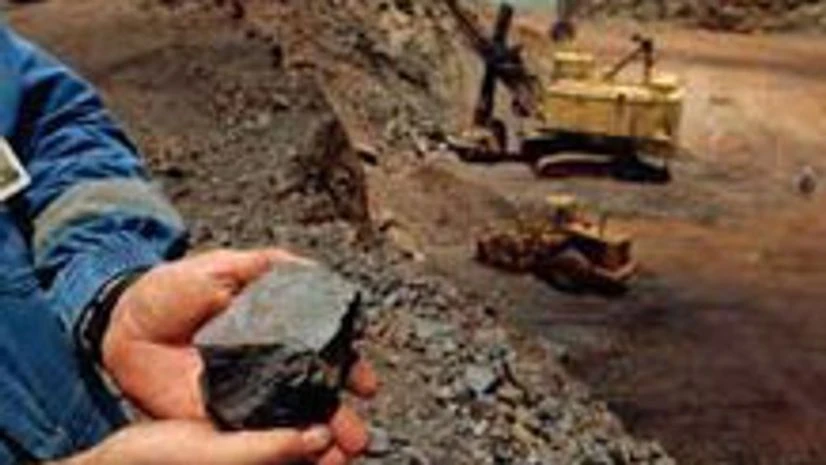The government has decided to notify 31 major minerals as minor ones, Mines Minister Narendra Singh Tomar said here on Thursday.
“This is being done to devolve more power to the states and, consequently, expedite the process of mineral development in the country,” Tomar said, speaking on the sidelines of the 54th meeting of the Central Geological Programming Board (CGPB).
State governments are allowed to make rules to regulate the grant of quarry leases, mining leases or other mineral concessions in respect of minor minerals. “These 31 minerals account for 55 per cent of the total number of leases and nearly 60 per cent of the total leased area,” stated the ministry.
The minister said to strengthen the mineral inventory database, the government was planning to notify public sector undertakings for prospecting.
According to the recently promulgated Mines and Minerals (Development and Regulation) Amendment Ordinance, the government can grant non-exclusive reconnaissance permits for any mineral.
Reacting to Goa miners’ demand to reduce the export duty, the minister said the coastal state’s case was different from that of other states and there should be a distinct policy for Goa .
“We have made a presentation to the finance ministry regarding this,” he added.
Earlier, there were 24 listed minor minerals such as building stones, gravel, ordinary clay, ordinary sand, and limestone used for lime burning and boulders, among others. The total number of minor minerals will now become 55.
The 31 minerals to be added to the list include agate, ball clay, barytes, calcareous sand, calcite, chalk, China clay, clay (others), corundum, diaspore, dolomite, dunite/pyroxenite, felsite, felspar, fireclay, fuschite quartzite, gypsum, jasper, mica, quartz, sand (others) and shale.
“This is being done to devolve more power to the states and, consequently, expedite the process of mineral development in the country,” Tomar said, speaking on the sidelines of the 54th meeting of the Central Geological Programming Board (CGPB).
State governments are allowed to make rules to regulate the grant of quarry leases, mining leases or other mineral concessions in respect of minor minerals. “These 31 minerals account for 55 per cent of the total number of leases and nearly 60 per cent of the total leased area,” stated the ministry.
The minister said to strengthen the mineral inventory database, the government was planning to notify public sector undertakings for prospecting.
According to the recently promulgated Mines and Minerals (Development and Regulation) Amendment Ordinance, the government can grant non-exclusive reconnaissance permits for any mineral.
Reacting to Goa miners’ demand to reduce the export duty, the minister said the coastal state’s case was different from that of other states and there should be a distinct policy for Goa .
“We have made a presentation to the finance ministry regarding this,” he added.
Earlier, there were 24 listed minor minerals such as building stones, gravel, ordinary clay, ordinary sand, and limestone used for lime burning and boulders, among others. The total number of minor minerals will now become 55.
The 31 minerals to be added to the list include agate, ball clay, barytes, calcareous sand, calcite, chalk, China clay, clay (others), corundum, diaspore, dolomite, dunite/pyroxenite, felsite, felspar, fireclay, fuschite quartzite, gypsum, jasper, mica, quartz, sand (others) and shale.

)
